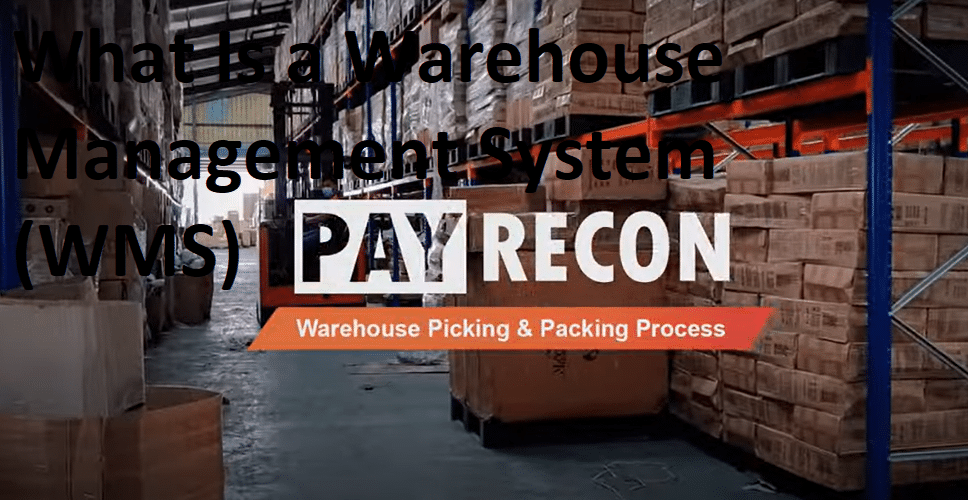A Warehouse Management System (WMS) is a software application that is used to manage and control the day-to-day operations of a warehouse or distribution center. It provides real-time information on inventory levels, order processing, and the movement of goods within the warehouse.
A WMS is designed to improve warehouse efficiency, reduce errors, and streamline the fulfillment process. It enables warehouse managers to track the movement of inventory, optimize storage locations, and manage warehouse staff and resources. Some of the key functions of a WMS include receiving and putaway, inventory management, order picking and packing, shipping, and cycle counting.
By automating warehouse operations, a WMS can help organizations to reduce costs, increase productivity, and improve customer satisfaction. It can also provide valuable insights into warehouse performance through reporting and analytics, allowing businesses to make informed decisions about their operations.
A Warehouse Management System (WMS) is a software platform that is designed to manage and optimize the various activities that take place within a warehouse or distribution center. The system typically consists of several modules that are designed to perform specific functions, such as inventory management, order processing, and shipping.
Here are some of the key features and benefits of a WMS:
-
Inventory Management: A WMS helps to track inventory levels, storage locations, and movement of goods within the warehouse. This ensures that stock is always available to fulfill customer orders and prevents overstocking or stockouts.
-
Order Processing: A WMS automates the order fulfillment process, ensuring that orders are picked, packed, and shipped accurately and efficiently.
-
Shipping: A WMS generates shipping labels, organizes shipping schedules, and tracks the delivery of goods. This helps to ensure that goods are delivered on time and reduces the risk of shipping errors.
-
Resource Optimization: A WMS optimizes the use of warehouse resources, such as labor, equipment, and storage space. This helps to reduce costs and increase efficiency.
-
Reporting and Analytics: A WMS provides valuable insights into warehouse performance through reporting and analytics. This allows businesses to identify areas for improvement and make data-driven decisions.
Example:
Let’s say that a company operates a large warehouse that stores and distributes various products to customers across the country. The warehouse receives several shipments of goods every day and processes hundreds of orders per week.
Without a WMS, the warehouse would rely on manual processes to manage inventory, order processing, and shipping. This would be time-consuming and prone to errors, leading to delays, stockouts, and customer complaints.
By implementing a WMS, the warehouse can automate these processes, enabling them to manage inventory levels, track the movement of goods, and fulfill customer orders more efficiently. For example, the system can automatically route orders to the nearest picking location, optimizing the use of warehouse resources and reducing the time required to fulfill orders.
Additionally, the WMS can generate reports and analytics that provide insights into warehouse performance, allowing the business to identify areas for improvement and make data-driven decisions.
Overall, a WMS is a critical tool for any organization that manages a warehouse or distribution center. It helps to improve efficiency, reduce errors, and enhance the customer experience, ultimately driving business success.

